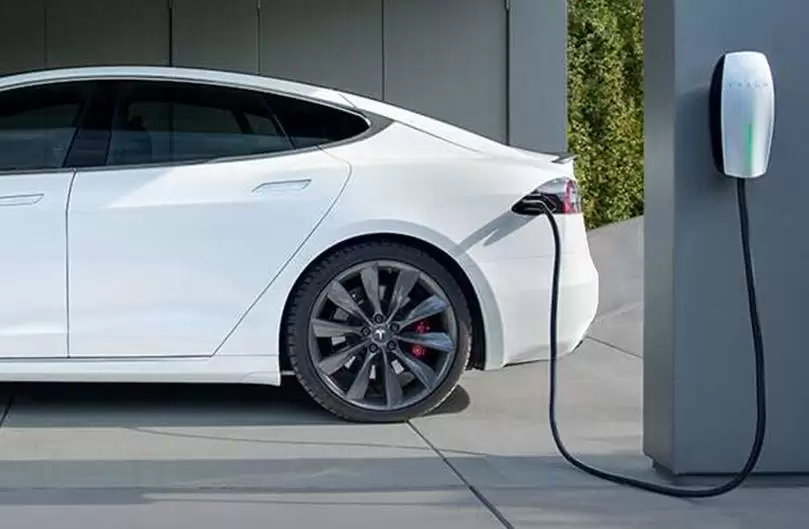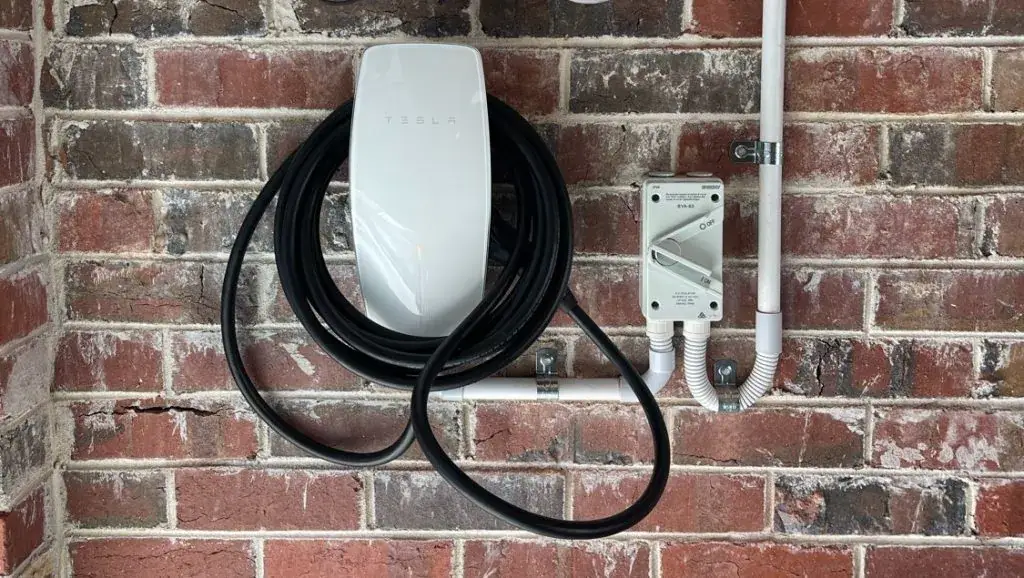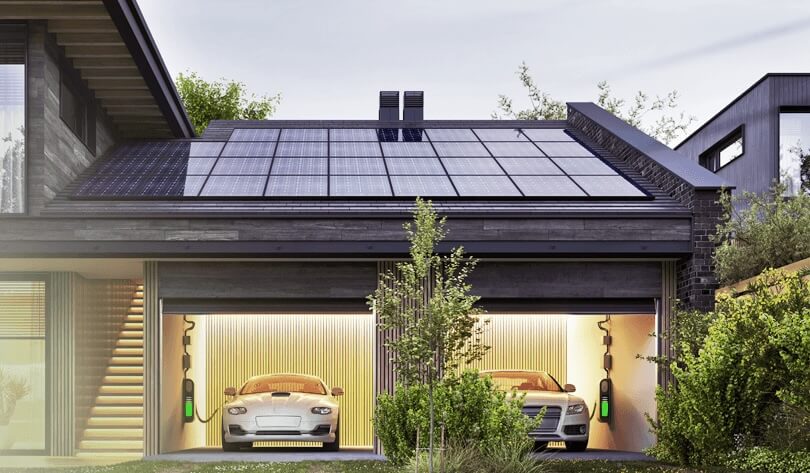
As more Australians shift towards sustainable energy, the combination of solar panels and electric vehicles (EVs) has gained popularity. Many people want to know: how many solar panels do I need to power my electric car? If you’re considering making this switch, understanding the energy consumption of electric cars, the role of solar panels, and how location factors into all of it can help you make an informed decision. In this post, we’ll break it all down step by step.
How Much Energy Does an Electric Car Consume in a Typical Year?
To estimate how many solar panels you need to power your EV, it’s crucial to first understand how much energy your car uses annually. The energy consumption of an electric car is typically measured in kilowatt-hours (kWh), and it varies depending on the make and model. On average, an electric vehicle in Australia uses about 15 to 20 kWh of electricity per 100 kilometres driven.
Let’s assume you drive about 15,000 kilometres annually, which is fairly typical for an Australian driver. If your car consumes 15 kWh per 100 km, you would use:
15,000 km ÷ 100 × 15 kWh = 2,250 kWh/year
This means your electric car will need about 2,250 kWh of electricity each year to keep running.

How Many Solar Panels Do I Need to Generate This Energy?
Now that you know how much energy your electric car consumes in a year, let’s figure out how many solar panels you need to generate that same amount of energy. On average, a typical solar panel in Australia produces around 400 to 450 Watt of power per hour of direct sunlight. For simplicity, let’s assume the average panel produces 400 Watt per hour.
To calculate the number of solar panels, we need to know how many kWh a single panel can generate in a year. The formula is:
Energy per Panel per Year = Panel Wattage × Sun Hours per Day × 365 Days
If you live in an area that gets on average about 4 hours of peak sun per day, the calculation would be:
400 W × 4 hours × 365 days = 584,000Wh/year
This means each solar panel can produce 584 kWh of electricity annually.
Now, to find out how many solar panels you need to generate 2,250 kWh, divide your car’s annual energy consumption by the energy produced by each panel:
2,250 kWh ÷ 584kWh/panel ≈ 3.85
So, you would need around 4 solar panels to generate enough energy to power your electric car for the entire year.
Please note that losses such as wiring losses, temperature losses and dirty solar panels have not been taken into account in this calcuation. These losses can impact performance by 20 or 25%.
Does the Size of the Solar Panel Matter?
Yes, the size of the solar panel can affect your calculations. Solar panels come in different sizes and efficiencies, but most panels range from 1.5 square meters to 2 square meters in size. The efficiency of the panel depends on the materials used, with monocrystalline panels being the most efficient. The better the efficiency, the more energy each panel can generate in a given amount of sunlight.
For instance, a larger or more efficient panel might produce more power per square meter, potentially reducing the number of panels you need. However, in most cases, the difference in size won’t drastically change your overall energy generation requirements.

Does It Depend on My Location in Australia?
Yes, the number of solar panels you need can depend on where you live in Australia. Solar energy production is influenced by the amount of sunlight a region receives. Areas such as Queensland, Western Australia, and Northern New South Wales receive more sunlight compared to places like Tasmania or southern Victoria.
For example, in sunny regions like Brisbane or Perth, you might receive 5 to 6 hours of sunlight per day, which maximizes your solar energy output. In contrast, regions like Melbourne or Hobart might only receive about 4 to 4.5 hours of sun per day, meaning you may need more panels to generate the same amount of energy.
To account for these variations, you can adjust the number of panels based on the local climate. The more sun your location receives, the fewer panels you will need. If you live in a sunnier area, you might find that 5 panels are enough, while in less sunny regions, you may need 7 or 8 panels to generate the same 2,250 kWh of energy.
Additional Factors to Consider
- Energy Loss: In any energy system, there is some loss of efficiency due to factors like shading, panel orientation, or dirt accumulation. It’s important to factor in approximately 20% efficiency loss when designing your solar system.
- Battery Storage: If you plan to store excess solar energy for nighttime use, adding a battery storage system to your solar panels will impact the overall system size. Battery efficiency will also affect how much energy you can store for later use.
- Government Incentives: The Australian government offers various incentives and rebates for solar energy systems, which can significantly reduce the upfront cost of your panels and battery storage.

Conclusion
In summary, to power your electric car using solar energy, you would need approximately 4 solar panels, based on an average annual usage of 2,250 kWh. However, the exact number can vary depending on your location, the efficiency of the panels, and local sunlight conditions. By installing solar panels, you can enjoy a greener, more sustainable driving experience, while potentially reducing your electricity bills in the long run. Make sure to consult with a professional to design the best solar setup tailored to your specific needs and location.